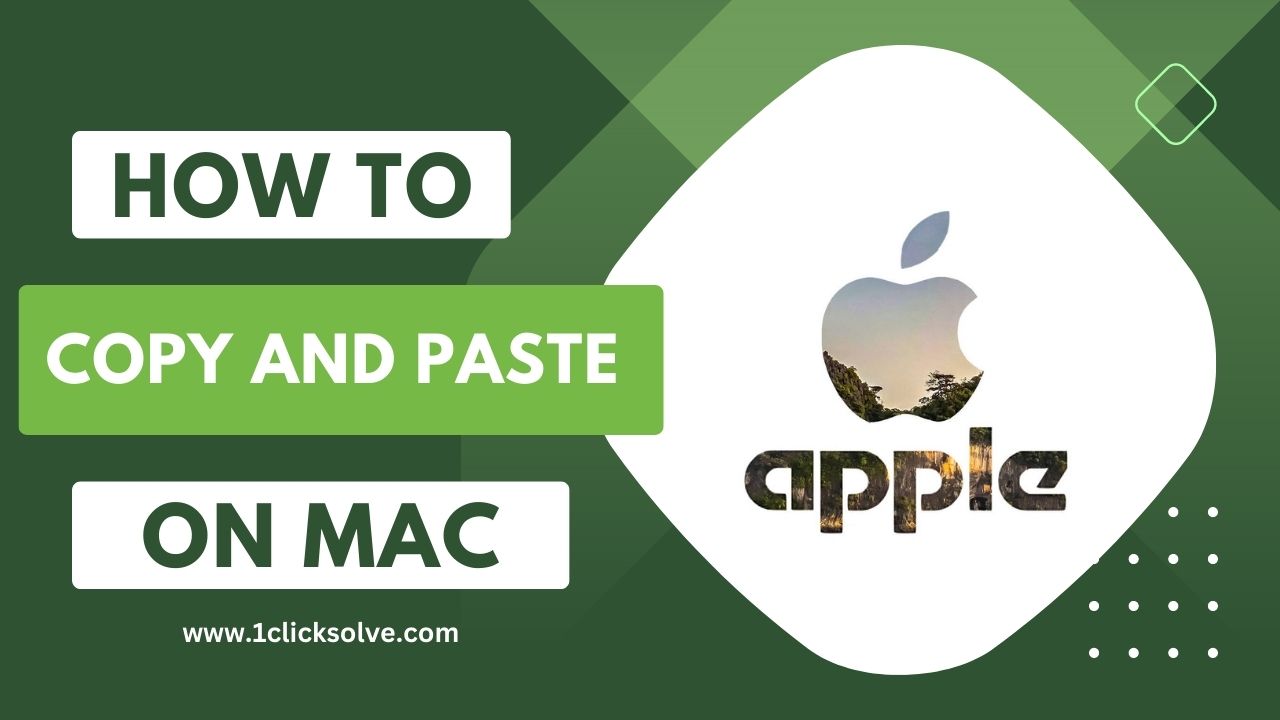Discover how React JS is transforming front-end development
React JS has revolutionized front-end development, empowering developers to create fast, scalable, and interactive web applications. Whether you’re building single-page applications (SPAs) or complex enterprise systems, React JS provides a robust and flexible solution. In this post, we will delve deep into what React JS is, its core features, and why it’s the go-to library for developers.
What is React JS?
React JS, developed by Facebook, is an open-source JavaScript library used for building user interfaces, specifically for single-page applications. React is often referred to as the "V" in the Model-View-Controller (MVC) architecture, responsible for rendering the view in a web application.
Why Use React JS?
React JS offers numerous benefits to both new and experienced developers:
Component-Based Architecture: React’s component-based architecture allows developers to break down complex UIs into smaller, reusable pieces.
Virtual DOM: React’s Virtual DOM makes updates faster by only rendering components that have changed, improving performance and user experience.
One-Way Data Flow: React follows a unidirectional data flow, making debugging easier and ensuring that the UI reflects the current application state.
Large Ecosystem: With a large community and robust ecosystem, finding tools, libraries, and support for React projects is easy.
Cross-Platform: React isn’t limited to web development. With React Native, developers can build native mobile applications using the same concepts.
Key Features of React JS
JSX (JavaScript XML): JSX is a syntax extension that allows developers to write HTML structures within JavaScript. It enhances code readability and makes it easier to write components.
Components: React components are the building blocks of the application’s UI. They can be functional or class-based, depending on the use case.
State and Props: State refers to the dynamic data of a component, while props are used to pass data between components.
Lifecycle Methods: React offers lifecycle methods like
componentDidMount,componentDidUpdate, andcomponentWillUnmountto control a component’s lifecycle.Hooks: Introduced in React 16.8, hooks allow functional components to have state and side-effects, replacing class components in many cases.
Popular Tools and Libraries for React
- Redux: For managing complex state across applications.
- React Router: For handling routing in SPAs.
- Axios or Fetch API: For making HTTP requests.
SEO Considerations for React JS Applications
One of the common challenges with React applications is search engine optimization (SEO). Since React is a client-side library, web crawlers may struggle to index dynamic content. To address this issue, developers can use solutions like:
- Server-Side Rendering (SSR): Using tools like Next.js, developers can render React components on the server before sending them to the client.
- Static Site Generation (SSG): Tools like Gatsby allow developers to pre-render HTML at build time, improving load times and SEO.
Conclusion
React JS has become the cornerstone of modern web development, enabling developers to create powerful, dynamic user interfaces with ease. Its component-based architecture, Virtual DOM, and vast ecosystem make it a must-learn for anyone aspiring to become a front-end developer. Whether you’re a beginner or a seasoned developer, React JS has something to offer.














